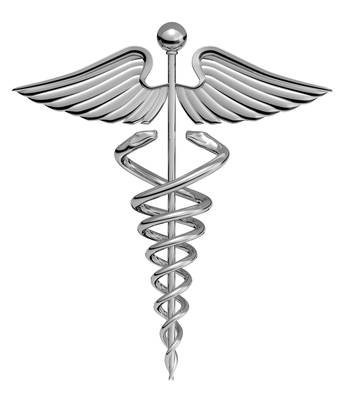Within the United States, the Department of Veterans Affairs, or DVA, is charged with attending to the ongoing financial needs, benefits, and medical concerns of veterans of the armed services. Veterans of each of the four main branches of the United States military fall under the auspices of the DVA, as do members of the Coast Guard. This includes formerly active full-time and part-time members of the military, as well as members of the National Guard. The functions of the DVA span all aspects of a veteran’s post-military life, from educational benefits, to financial loans, to ensuring that deceased veterans receive proper recognition and burial.
Here are five of the major functions fulfilled by the Department of Veterans Affairs, with regard to taking care of men and women who have served in the U.S. armed forces:
Health Care Services
Veterans of the U.S. military are entitled to lifelong health care coverage as part of the thanks they receive for their services. While the VA has been criticized in the past for the wait time associated with important medical procedures, the quality of health care offered through VA programs is usually seen as being comparative to that available to the general population, and recent years have seen the advancement of reforms designed to increase efficiency and reduce unnecessary waiting periods.
Resource: Top 10 Online Health Administration Degree Programs – Bachelor’s
General Support Services
The department provides its own administrative, support, and logistical services for the wide range of benefits it provides American veterans. Its scope, which spans several complicated areas (including health care, academics, disability compensation, and a variety of loans). The DVA ensures that men and women formerly of the U.S. armed services receive the assistance and benefits that are afforded them, in a suitable facility, in a timely fashion, coordinating multiple vital services through a single administrative powerhouse.
Benefits and Benefits Management
Throughout the United States, and wherever substantial groups of U.S. veterans have settled down, there are local offices which provide veterans with benefits management services. This allows veterans to better understand their various financial, educational, and other benefits afforded them by their service, as well as to receive those benefits in a timely fashion. Hundreds of different locations are staffed by employees of the department, ensuring that every veteran has access to their vital services.
Employment
The DVA employs more than one quarter of a million people, both domestically and internationally (though, for the most part, on land which is designated as being U.S. soil). This makes the DVA one of the largest departments in the federal government in terms of the number of people it employs. Preferential employment is provided to military veterans and members of their families, which allows many veterans to transition much more easily to the challenges of civilian life. this constitutes one of the least widely recognized functions of the department: the direct furnishing of employment and livelihood to returning soldiers.
Burial Services
American veterans are afforded significant respect throughout their lives in return for the risks they undertook on behalf of our country’s security. When a veteran dies, that respect is signified by a proper burial, in accordance with the individual’s wishes. This burial may take place at Arlington, or in another military cemetery location, depending upon the nature of the veteran’s service. It will also involve the presentation of the American flag, and certain other traditions of recognition for the services which they provided.
The Department of Veterans Affairs provides the vital and much-needed service of supporting veterans of our country’s armed forces as they adjust to and proceed through the unexpected challenges of civilian life. Over the years, the department has been credited with reducing the divorce rate of veterans and military families, reducing the number of incarcerated veterans, and making many overall improvements to the quality of life that veterans enjoy.
